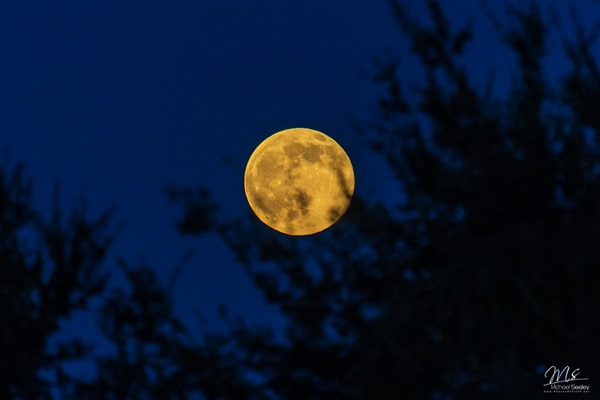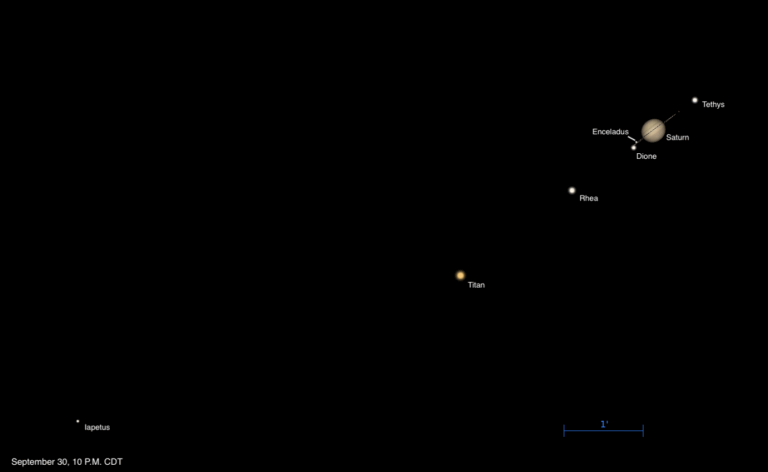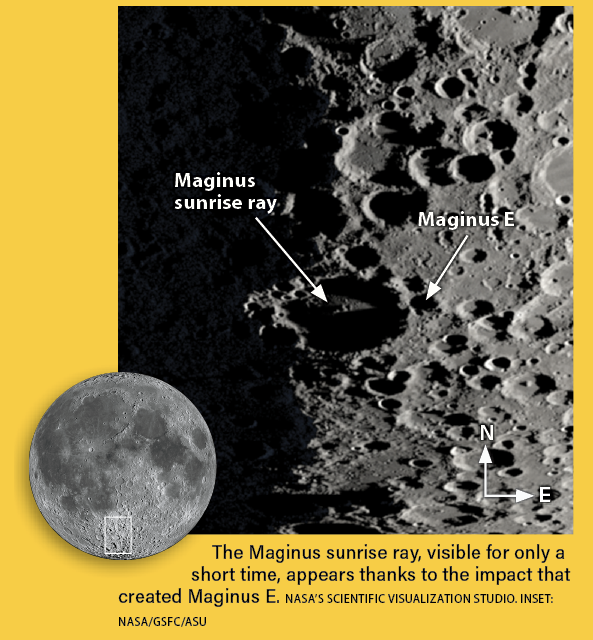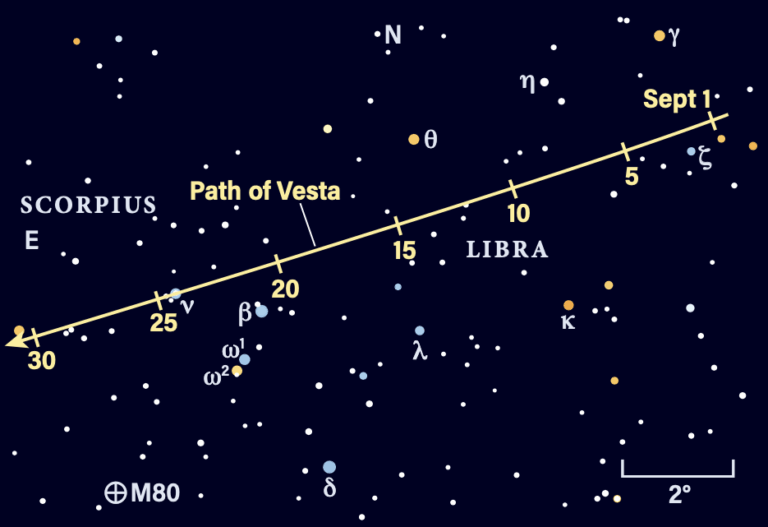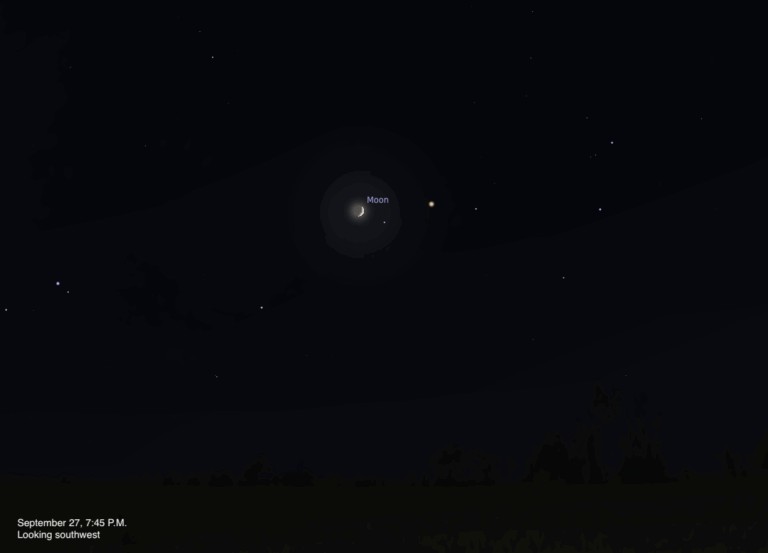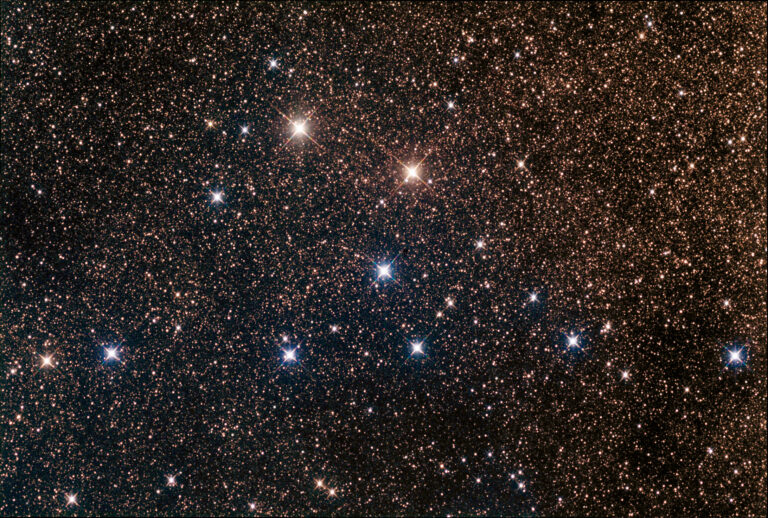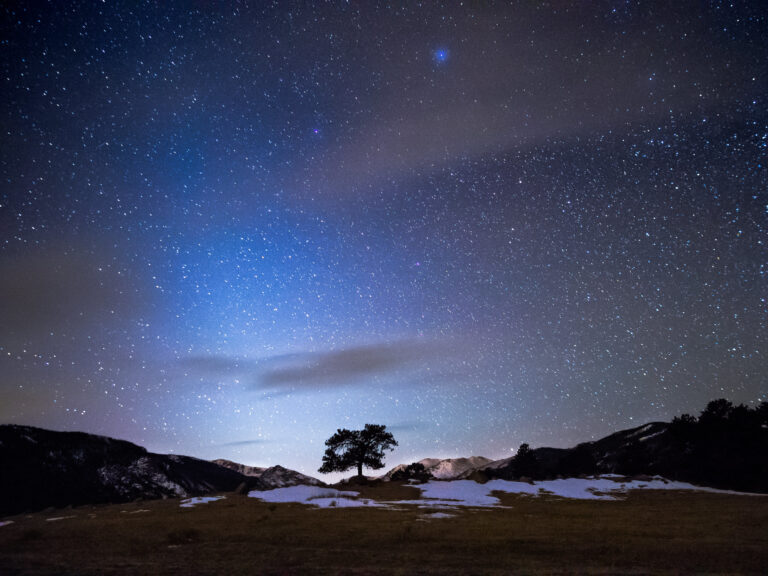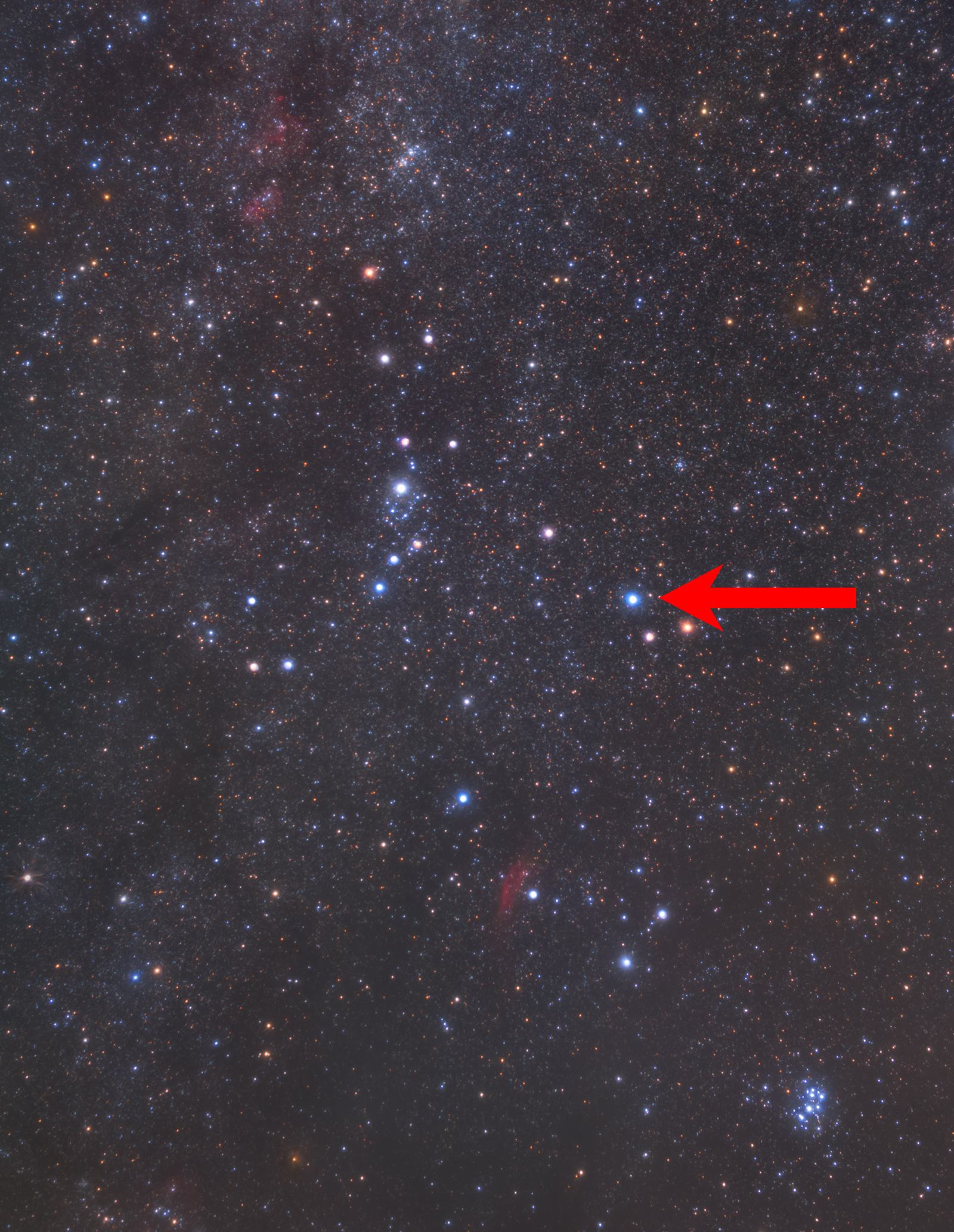
Key Takeaways:
- Algol (Beta Persei), the second brightest star in the constellation Perseus, exhibits regular variations in brightness observable without a telescope.
- This variability is due to a binary star system (Algol A and Algol B) eclipsing each other as viewed from Earth, with Algol B periodically passing in front of the brighter Algol A.
- The primary eclipse, where Algol B blocks Algol A, causes a noticeable dimming in the system's overall brightness from magnitude 2.1 to approximately 3.4, lasting about 10 hours.
- This eclipse cycle repeats approximately every 2.87 days (2 days, 20 hours, 49 minutes), a regularity that has been observed both historically and with modern astronomical instruments.
In the constellation Perseus the Hero, the star Algol is fun to watch due to its regular changes in brightness. And you don’t even need a telescope. Officially designated Beta Persei, it’s the second brightest star in the constellation. What makes Algol particularly interesting is not an inherent change in the star itself, but rather a celestial alignment observed from Earth.
Algol is not a single star but a multiple-star system, primarily consisting of two main components, Algol A and Algol B, which orbit a common center of mass. A third, fainter star, Algol C, also orbits this pair, but it doesn’t affect what we see. The fascinating aspect of Algol A and Algol B is their close proximity and the orientation of their orbit relative to Earth. From our perspective, these two stars periodically eclipse each other.
The primary star, Algol A, is a hot, blue-white star, while Algol B is a larger, cooler, and less luminous yellowish subgiant. When Algol B passes in front of the brighter Algol A, it blocks a significant portion of its light. Astronomers call this event the primary eclipse. During this period, the combined brightness of the Algol system, normally around magnitude 2.1, temporarily drops to a minimum brightness of about magnitude 3.4. This dimming is noticeable to the unaided eye.
This eclipse cycle is remarkably consistent, occurring approximately every 2 days, 20 hours, and 49 minutes, or 2.87 days. The entire dimming and re-brightening process lasts about 10 hours. There is also a secondary eclipse, which happens when the brighter Algol A passes in front of the fainter Algol B. However, this secondary eclipse causes only a slight dip in brightness that we can’t detect even through telescopes.
Historical observations suggest that Algol’s variability may have been noted by ancient astronomers, possibly influencing its traditional name, which has roots in Arabic and means “the demon’s head” or “the ghoul.” This is likely attributed to its winking behavior, which would have seemed unusual and perhaps mysterious to early skywatchers. Modern astronomy, however, provides a clear, predictable explanation for this intriguing stellar phenomenon.
So, go out sometime soon and locate Algol. Then watch it for several nights in a row and you, too, will see it change in brightness. Not only that, but now you’ll know why.

